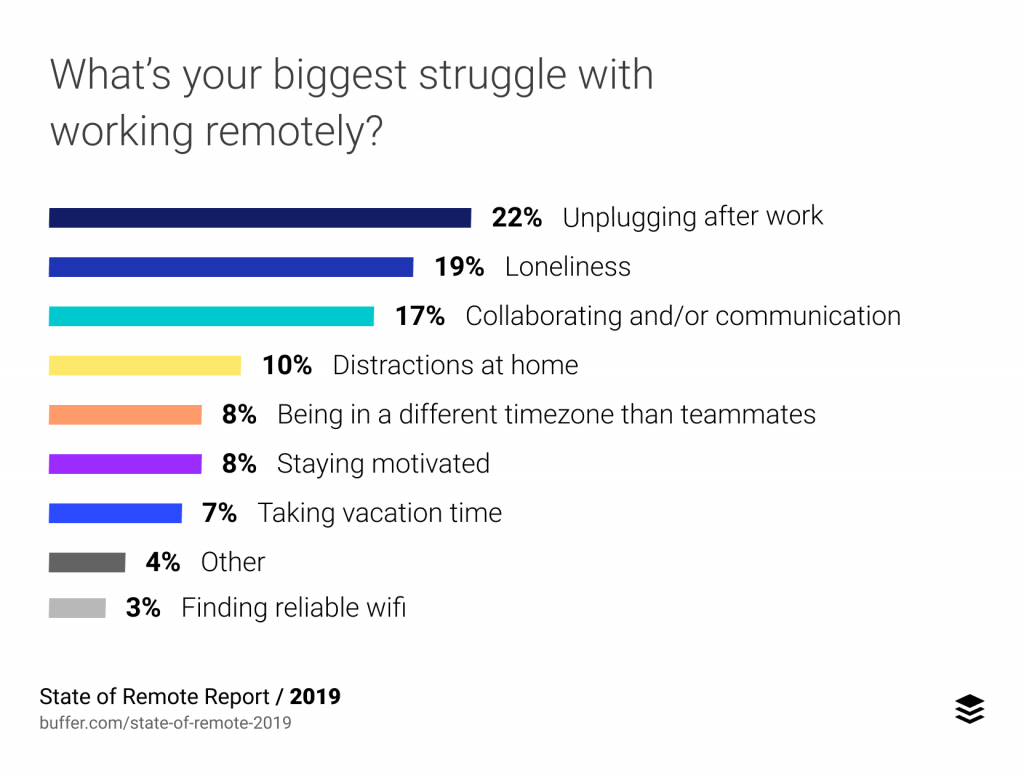Leading from Home

James Walker
Chief Technology Officer
Remember when working from home seemed like a dream come true? You could skip the commute and roll out of bed to your desk, even in your fuzzy bunny slippers if you wanted. How quickly that wore off. If you are like me, you have found that working from home has challenges you didn’t expect. Needy pets. Noisy neighbors. Blips in connectivity at the worst possible time. The constant pull of the office. Even as a proud introvert, I admit that the lack of social interaction with my coworkers is a severe issue. The struggle is real.

When you are a supervisor of a remote team, the challenges are compounded. Not only do you need to wrestle with your own remote issues, but you also have to help lead and coach your team through them. Leading a team from the comfort of your home is the challenge you didn’t foresee. On a good day, it is hard. In the fear and uncertainty of the COVID-19 pandemic, it feels nearly impossible and joyless. Work from Home (WFH) + Lead from Home (LFH) = Big Challenge. Fret not o’ fearless leader. You are not alone, and together we’ll take a look at some of the challenges your team is facing and how leadership fundamentals can help. Here are 8 tips for leading from home.
1. BUILD STRONG RELATIONSHIPS
Regardless if you are leading from home or leading from the office, you need to develop strong relationships with each of your team members and encourage them to do the same with each other. Healthy work relationships are built on caring personally and challenging directly. Think world champion sports team, not ‘The Bachelor.’ Practice ‘Radical Candor’ in all of your check-in meetings and make sure you are ‘checking in’ regularly. For more guidance, check out Kim Scott’s fabulous book.
2. DON’T BE A GOOD LISTENER. BE A GREAT ONE
In a WFH environment, you miss out on all those watercooler and hallway conversations that you had at the office. Those conversations about your kids, the weather and your fantasy football team were not a waste of time. They helped build those strong relationships among team members—and healthy relationships build the foundations for sharp, resilient and agile teams. As a leader, you probably already have robust, active listening skills. Brush up and build on them. Practice empathy. Issues that may not be related to work do have an impact on employees’ wellbeing and, in turn, on their job performance.
3. MAKE TIME FOR SMALL TALK
As previously mentioned in the WFH environment, the informal hallway meetings are missing. Hold space for them instead. Make time at the beginnings of meetings for casual conversation. Create virtual coffee or water cooler time. Encourage social conversations. I have even heard of teams eating lunch together over GoToMeeting to replicate the lunchroom experience.
4. TURN ON THE CAMERAS
Not being able to meet in person means you will miss out on most nonverbal communication from your team members and your team members will miss most of yours. Don’t make things harder on yourself by meeting by audio-only. If you can, turn on your camera and encourage your team to do the same. No one cares that your hair is rumpled from the headset, or that your home office is messy. You are human like everyone else, and when your cat struts by the camera or your child dances in the background, it injects much-needed levity.
5. RESPECT THE IM STATUS
Working remotely, you can’t walk by someone’s office to see if they are available or not, and you can’t tell if they are in a meeting or focusing on an essential or urgent task. Instead, you need to look at their online IM status. Ensure your IM status is correctly indicated and make sure your team is doing so as well. Then respect that status and don’t interrupt if they are busy. Not only is interrupting impolite, but it also causes context switching and weak team performance. Need that critical piece of work done by the end of the day? Respect the IM Status!
6. USE THE RIGHT COMMUNICATION TOOL FOR THE TASK
Video conferencing, phone calls, IM, and email all have their strengths and weaknesses. Make sure you use the correct form of communication for the job. Look at what you need to accomplish and use the right tool. Don’t use email for group brainstorming or discussions. It is slow, lacks interactivity, and creates inbox bloat. Instead, try using a video conference and use email for less urgent, less interactive communications such as general status updates.
7. AVOID AFTER-HOURS COMMUNICATIONS
Bothering your team after hours, on weekends, and holidays is frowned upon during the best of times, but in a WFH environment, it is even more critical. One of the biggest challenges WFH employees face is unplugging from work. Do not exacerbate it by calling, emailing, or texting about work outside of their established work hours*. To have productive members of your team, you need them to have quality rest and recovery time.
*Of course in times like these, it may be important for team members to flex their schedules due to childcare responsibilities or other unforeseen issues. This may make it very challenging as the leader to completely avoid after hours communications. Use your best judgement. Remember one of your primary responsibilities is to take care of your team members. Points 5 and 6 can help.
8. PROVIDE CLEAR DIRECTION AND EXPECTATIONS
Providing clear direction and expectations is easily the most crucial point in this list. It is also the most challenging, especially when the pandemic is making everything uncertain and anxiety-inducing. You should decrease the number of tasks you ask your team to focus on at any one time and check-in with them more frequently. Double check that they have a clear understanding of what is being asked and allow time for clarifying questions and discussion. In times of high anxiety and change, it is best to take small, steady steps with continued visible progress. Team members need to understand what they need to do now, what success looks like, their role on the team, and that you have confidence in them.
Yes, WFH + LFH = big challenge, but I know you’ve got this! By focusing on and practicing leadership fundamentals, and ensuring that you take care of yourself, you will find yourself coaching a highly successful WFH team.

